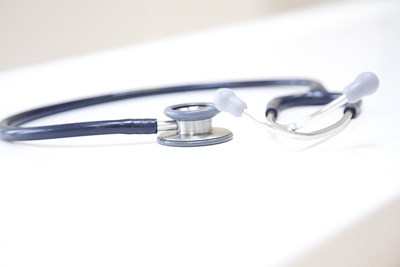Caused by the bacteria Mycobacterium leprae, leprosy was once a death sentence. In 1995, the World Health Organization(WHO) began offering free treatment worldwide in an attempt to completely eliminate Hansen’s disease. Although it has not been completely eradicated, reported cases have dropped from the millions to less than 200,000 in 2015 -- less than 200 cases were reported in the United States in 2015. Here’s a look at leprosy and the effective course of treatment for this potentially debilitating disease.
Understanding Leprosy Transmission
Leprosy is an infectious bacterial infection that causes nerve damage, skin lesions, and damage to the mucous membranes. As the soft tissues are damaged, you may experience muscle weakness, partial paralysis, and complications that are not only serious but potentially irreversible. Leprosy allowed to run its course without hindrance can be permanently disabling.
Leprosy is not wildly contagious. Although experts think it is spread through liquid particulates (for example, spit or mucus that are expelled from coughing or sneezing by an infected person), it does not run rampant in the way that the common cold or flu will. This is in large part due to a natural immunity held by the vast majority of the population. Approximately 95% of the world are intrinsically resistant to the microbe that causes Hansen’s disease.
Incubation of Mycobacterium leprae
One of the most dangerous aspects of leprosy is the fact that it can take years -- even decades -- for signs of the infection to become obvious. The incubation period of the bacteria is generally anywhere from two to 10 years, although it has taken as long as 20 years for warning signs to present. Because of this, transmission is most often a result of extended contact with someone who is infected but does not know it.
This lengthy incubation period is dangerous in another way as well. One of the most important facets of receiving treatment for leprosy is immediacy. The longer the infection carries on, the more damaging it becomes, and the more likely it is you will be left with long-term consequences, even after treatment. If you don’t know you have the disease, you aren’t very likely to seek treatment for it! Luckily, you stop spreading the disease within about two weeks of beginning treatment and will no longer be spreading it around.
Effective Treatment of Leprosy
In addition to free treatment offered globally by WHO, there are 11 federally funded clinics in the United States, run by the National Hansen’s Disease Program. These institutions begin by offering multi-drug therapy (MDT) centered around antibiotics. MDT works by using multiple medications at the same time -- at least two antibiotics are given, and sometimes a third. According to the National Institute of Health, the most common and most effective antibiotics used include dapsone, rifampin, clofazimine, fluoroquinolones, macrolides, and minocycline.
According to WHO, rifampicin is one of the key antileprosy medications. WHO’s recommended course of treatment involves rifampicin and dapsone, and sometimes including clofazimine in certain cases.
Nonsteroidal anti-inflammatory medications, such as aspirin or prednisone may also be recommended or included in the treatment regimen to help control the inflammation leprosy can cause as it damages nerves and tissues. If you think you might have Hansen’s disease, talk to your doctor immediately.



